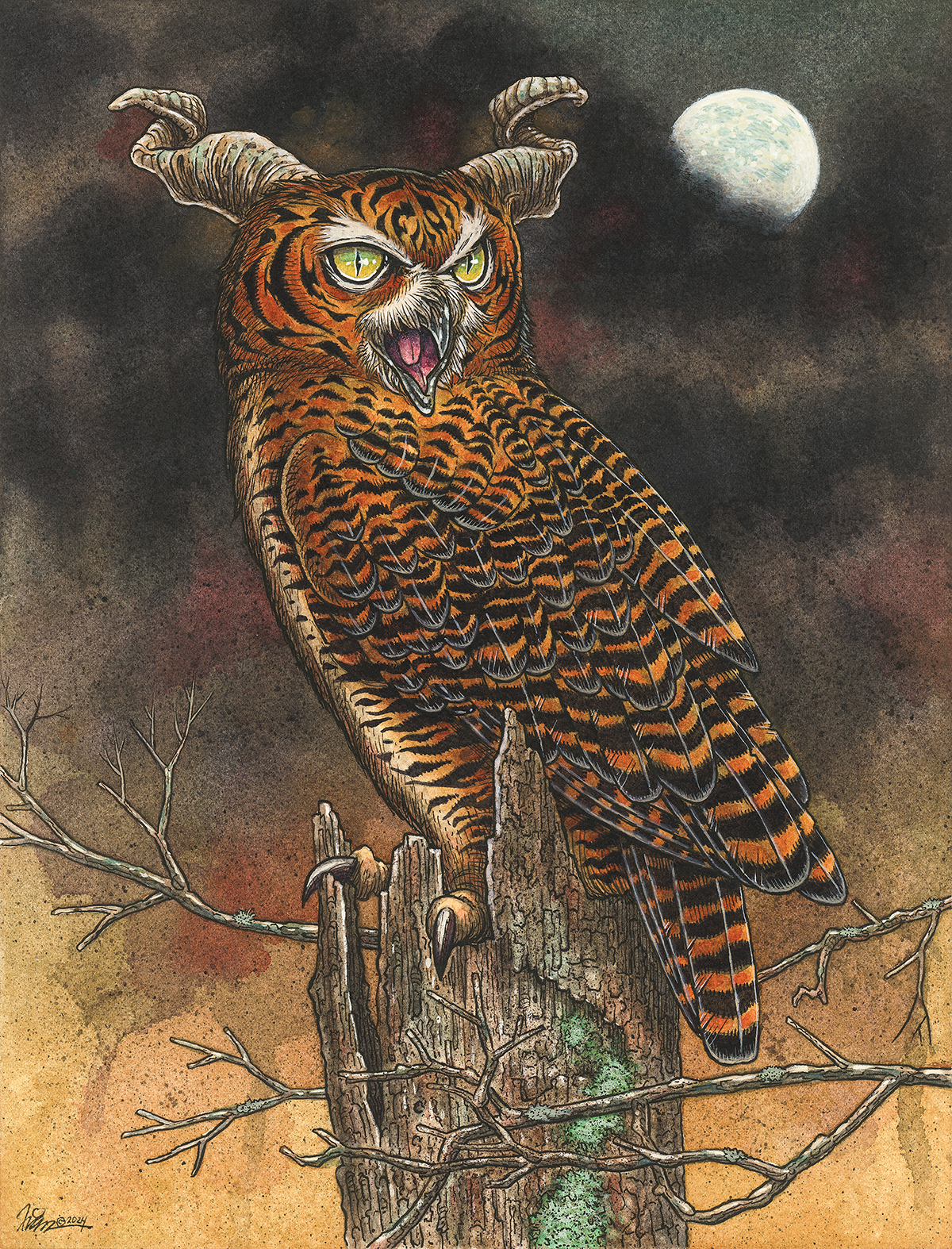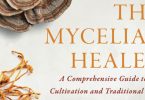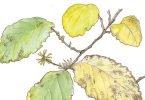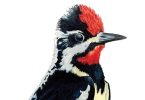By Paula Musto
Most of us have heard the hoot of an owl or maybe their screech, whistle, hiss or whine, especially at night when they are most active. But chances are you have not seen the species in the wild. Though easily recognizable, these nocturnal creatures are well camouflaged in their woody roosting spots and difficult to spot.
“Owls are among the most interesting of the bird species, but unlike hawks and other large birds, they are not commonly seen,” says Carlton Burke, a Mills River wildlife rehabilitator who has rescued a number of these birds found injured or orphaned. Currently, he is caring for a dozen—a menagerie of four Great Horned Owls, three Barn Owls, three Barred Owls and two Screech Owls, species commonly found in Western North Carolina. The birds, unable to survive in the wild, serve as ambassador animals that participate in wildlife education and conservation programs.

Fian Arroyo, artist
“Because they are heard but not often seen, people are intrigued,” says Burke. Who doesn’t feel a thrill when they hear the owl’s distinctive call echoing through the night air? With piercing eyes and heads that rotate 270 degrees, they are surely one of nature’s most magical creatures.
Owls have been a symbol of Halloween for centuries. During October’s spooky season, owls are a familiar sight, festooning decorations and featured in scary stories along with witches, wizards and goblins. But unlike bats and black cats, also tied to Halloween, owls boast a complicated mythology. Are these birds benign symbols of intelligence and keen insight, or are they harbingers of death, eerie messengers of the underworld?
In ancient Greece, owls were considered sacred, often depicted with Athena, the goddess of wisdom and warfare. The animals were believed to protect soldiers in battle and, if seen flying over Greek armies, victory was at hand. But, in Roman times, their reputation turned sinister. Owls were deemed demonic creatures linked to the supernatural and death. To hear a single hoot foretold of one’s imminent demise.
According to historians, these differing mythologies emerged following Rome’s defeat of Athens when cultures collided. The conflicting imagery spread throughout much of the world and still exists today. In some Native American tribes, including the Cherokee, owls are seen as omens of bad luck. Other tribes revere owls as protectors of warriors, and place the birds’ feathers on their shields to help them see better in the dark and move more silently.
Despite contradictory reputations, these raptors are fascinating animals with unique ways of living in the world. Possessing sharp talons and beaks, owls are lethal nocturnal predators. Unique feather edges allow them to move stealthily through the night sky, swooping down on unsuspecting prey—small mammals, other birds and insects. Owls possess extraordinary hearing due to a facial disc (the distinctive circular arrangement of feathers on the bird’s face serving as a built-in satellite dish) which funnels sound into their ears enabling a precise detection of prey even in complete darkness. Owls often strike using their sense of hearing rather than their sight.
“Owls can hear a mouse scurrying in the leaves 50 to 75 yards away,” says John Koon, president of the Blue Ridge Chapter of the Audubon Society. “In snowy areas, they can hear mice under a foot of snow.”
To catch a glimpse of an owl in the wild, Koon says the best opportunity are with Barred Owls that, unlike other species, are active in daytime. “You just need patience and a bit of luck,” Koon says. “Owls are very adaptable. They make their home in wooded areas throughout Asheville’s residential neighborhoods. But most likely you’ll walk right past an owl and not know it’s looking down at you.”
Koon suggests the forested areas surrounding the UNC-Asheville campus and nearby Beaver Lake where you might catch sight of an owl in trees where they are known to nest. Or you can visit Boris, a handsome Barn Owl who resides at the North Carolina Nature Center—he is named after Boris Karloff, the British actor known for his frightful portrayal of Frankenstein in horror films.
The Blue Ridge Audubon chapter holds free, monthly bird outings on Saturday mornings at various Asheville locales. For details, visit BlueRidgeAudubon.org. Who knows? You might spot one of these elusive creatures.
“Most people recognize owls more easily than many other bird species,” Koon says. “But they do not know much about them other than popular folklore. Actually, they are phenomenal birds.”
Paula Musto is a writer and volunteer for Appalachian Wildlife Refuge which cares for injured and orphaned wildlife. Visit AppalachianWild.com to learn more or donate.






